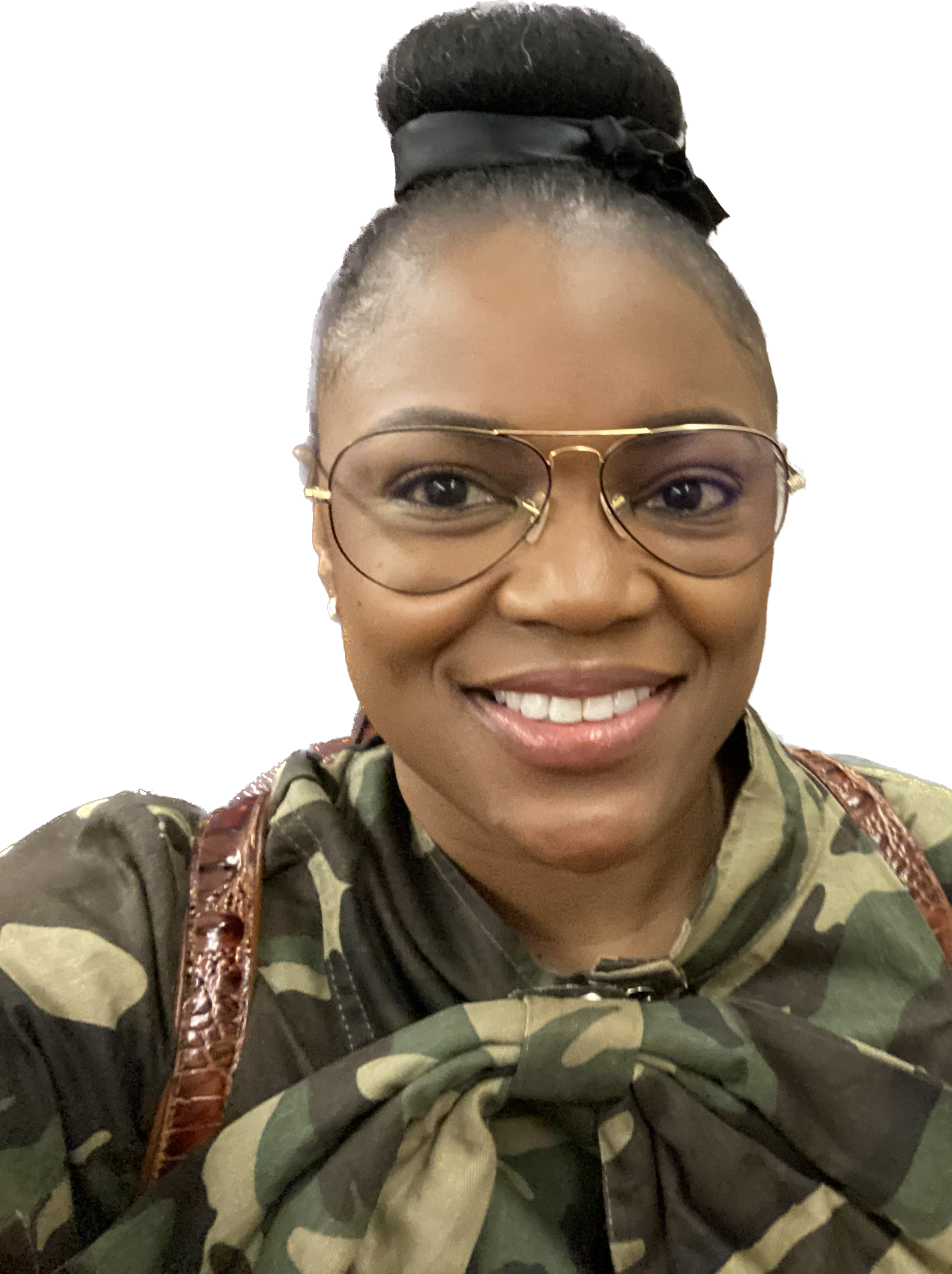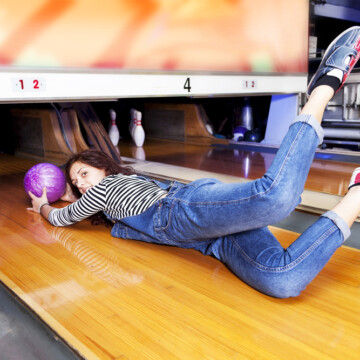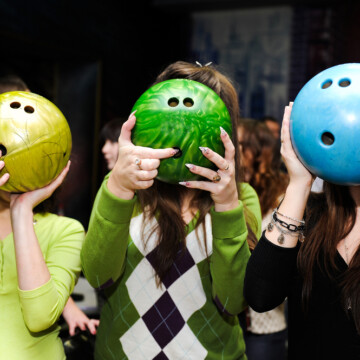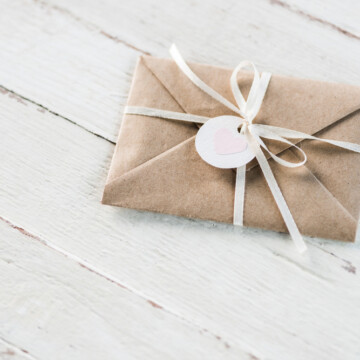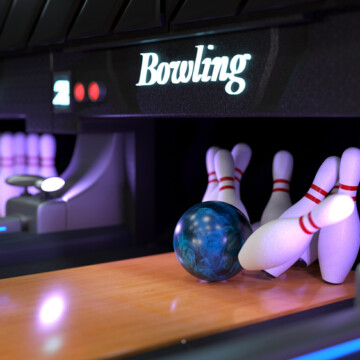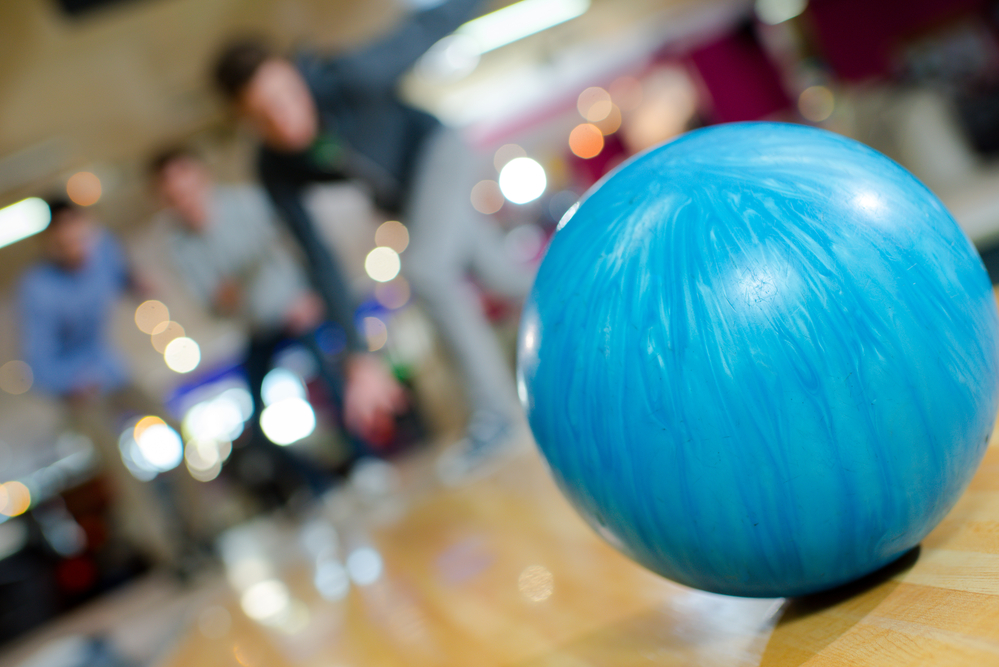
As a bowling newbie, you look to the pros to learn the game and improve your skills. Their bowling balls, techniques, and more serve as unofficial laws in the sport. One of the most common questions newbies have about pro bowlers is, "what size bowling ball do pros use?"
You'll find many answers online, but here you'll find the facts. Let's get into the most commonly used bowling ball size for pros and everything else you need to know.
Note: All bowling balls are roughly the same size around. So for the purposes of this article, we’ll focus on the ball’s weight. Any time we use the term “size,” we are referring to weight.
Contents
- 1 What Size Bowling Ball Do Pros Use?
- 2 What Sizes Do Bowling Balls Come In?
- 3 Advantages of Heavy Bowling Balls
- 4 Are Heavy Bowling Balls Better than Light Bowling Balls?
- 5 How to Choose the Right Bowling Ball Size for You
- 6 Other Bowling Ball Characteristics to Consider
- 7 Test Out Your Ball in Person
- 8 Ask for Help
What Size Bowling Ball Do Pros Use?
Most professional bowlers use a ball that weighs between 14 and 16 pounds. These balls are considered heavier bowling balls, and a 16-pound ball is the heaviest bowling ball. Professional bowlers tend to choose a ball that fits their technique, body type, and personal preferences. For instance, Jason Belmonte, one of the top bowlers today, has a 227.59-point bowling average and uses 15-pound bowling balls exclusively.
Key Takeaways
- Professional Bowlers' Choice: Most professionals prefer bowling balls weighing between 14 to 16 pounds for their balance of power and control. Notable pro bowler Jason Belmonte uses 15-pound balls, highlighting a preference for heavier options within a specific range to match technique and physique.
- Bowling Ball Weight Range: Bowling balls come in sizes from 6 to 16 pounds, with no regulation balls beyond this spectrum. The term "size" typically refers to the ball's weight, crucial for aligning with a player's strength and playing style.
- Advantages of Heavier Bowling Balls: Heavier balls, generally preferred by experienced players, offer more momentum, control, and power. They maintain speed better down the lane, enhancing the likelihood of a strike due to their stability and force.
- Selecting the Right Ball Weight: The ideal bowling ball weight is about 10% of the bowler's body weight, up to 16 pounds for those over 160 pounds. Factors like player experience, desired ball hook, physical limitations, and coverstock material (for curve preferences) are vital in choice.
- Trial and Expert Advice Recommended: Testing different weights and styles in person, considering personal comfort and performance, is key to finding the perfect bowling ball. Assistance from pro shop staff or experienced bowlers can provide valuable insights tailored to individual needs and preferences.
What Sizes Do Bowling Balls Come In?
Let's touch on bowling ball sizes in general. It will help to keep our recommendations in perspective. Bowling balls come in various sizes, from 6 pounds to 16 pounds.
There are no regulation bowling balls smaller or larger than this range. These are the weight options you’ve got to choose from.
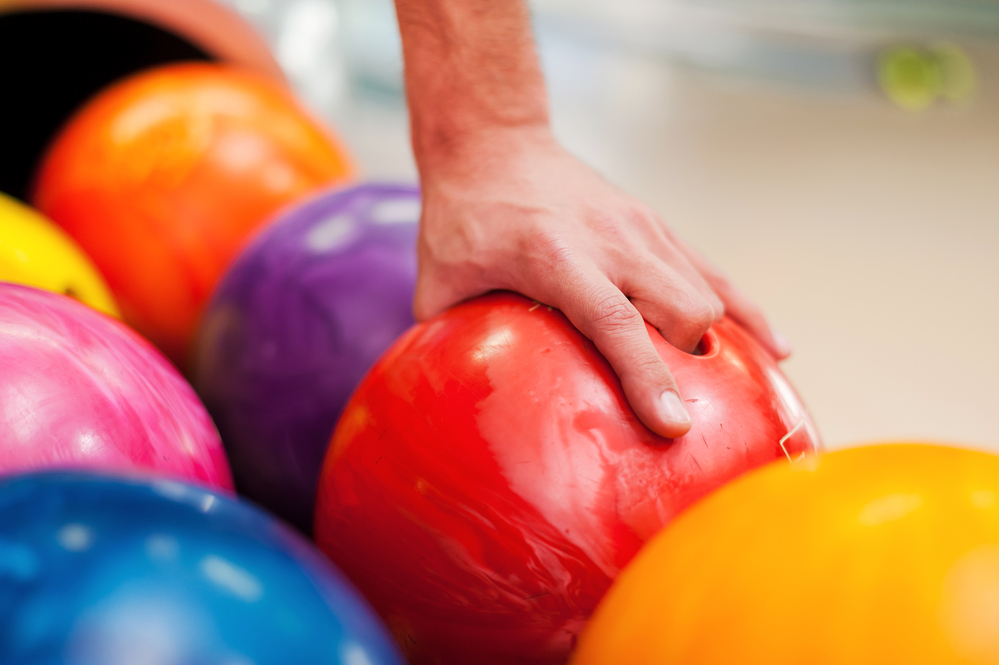
Advantages of Heavy Bowling Balls
It's no secret that bowling is a sport of precision. A well-aimed ball often results in a strike, while a poorly aimed ball is destined for the gutter.
So, what's the secret to success? Some bowlers swear that it’s their ball. Here are some of the top advantages of heavy bowling balls:
- Since the ball is heavier, it will generate more momentum and be less likely to veer off course.
- Bowlers find that they have more control over a heavier bowling ball versus lighter balls.
- Heavy balls produce considerable power, which can be especially helpful for bowlers who struggle with generating speed.
- A heavier ball is less likely to slow down as it rolls down the lane, giving you a better chance of hitting more pins.
| Feature | Heavy Bowling Balls (14-16 lbs) | Light Bowling Balls (6-12 lbs) |
|---|---|---|
| Momentum & Power | Generates more momentum and power, less likely to veer off course | Less momentum, may not knock down pins as effectively |
| Control | Offers better control over the ball's direction | May require less strength but offers less control |
| Speed Maintenance | Less likely to slow down, maintaining speed towards pins | Can slow down more quickly, affecting pin action |
| Preferred by | Professional and experienced bowlers for precision and power | Beginners, youth, or individuals with physical limitations |
| Considerations | Requires more strength to handle effectively | Easier to handle but may compromise on pin action and control |
Are Heavy Bowling Balls Better than Light Bowling Balls?
The great debate between heavy and light bowling balls has been raging on for quite some time. Which is better? Some bowlers swear by the power of a heavy ball, while others prefer the agility of a lighter ball. The right bowling ball weight depends on the individual bowler and their style of play.
For instance, a heavier ball has more potential to knock down all the pins at once than a lighter ball. At the same time, throwing a heavy ball correctly can be challenging. On the other hand, a lighter ball doesn't require as much strength to throw but often doesn't have the same impact when it hits the pins as heavier balls do. For this reason, it's impossible to say definitively whether heavy or light bowling balls are better.
How to Choose the Right Bowling Ball Size for You
A bowling ball's size affects its hooking potential, ball speed, throwing difficulty, and more. That’s why it takes some real thought to choose the right weight bowling ball.
Knowing how a ball’s size affects all of these factors will help you choose the right bowling ball size for you because the bowling ball weight matter. Keep reading for some guidance on selecting a ball weight.
- Are you a beginner or a professional? If you're a beginner, choosing a ball that is easy to throw is important. For this reason, most beginners use 8 -12 pound bowling ball.
- Do you want your ball to hook or to go straight? The size of your ball will affect its ability to hook. If you want your ball to hook more, choose a heavier ball. If you want it to go straight, choose a lighter ball.
- How much power do you want behind your throw? If you want your ball to barrel through the pins with a load of power, go for a heavier ball.
- How much do you weigh? One of the most well-known unwritten rules on this subject is that the right ball for you should be about 10% of your body weight. So, those who weigh 90 pounds should use a 9-pound ball, and those who weigh 140 pounds should go for a 14-pound ball. The rule only applies up to 160 pounds since the largest bowling balls are 16 pounds. If you’re over 160 pounds, go for a 16-pound bowling ball.
- Do you have physical limitations? Don’t forget to consider whether you’ve got any injuries, are up in age, or have coordination issues. A heavy ball wouldn’t be a good idea in cases like these.
Other Bowling Ball Characteristics to Consider
When choosing a bowling ball, weight should not be the only consideration. The coverstock also plays a vital role in determining ball performance.
Plastic coverstocks are best for straight bowlers, while urethane and reactive resin coverstocks are better suited for those who prefer to bowl with curves or hooks.
In addition, the weight block plays a role in determining how the ball will behave. Symmetrical weight blocks are ideal for straight shots, while asymmetrical ones are better for curves and hooks.
With so many factors to consider, it's no wonder that choosing the right bowling ball can be a daunting task.
However, by taking the time to understand the various characteristics of bowling balls, you can be sure to find the perfect fit for your style of play.
Test Out Your Ball in Person
Bowling balls are not one-size-fits-all – you’ll need to test out a few in person to find the right one. Finding the perfect bowling ball is much like finding the ideal partner. You want one that's the appropriate size and weight and has the features that are important to you.
The ball should also feel good in your hand and perform in a way that plays into your strengths as a bowler. Of course, you can't just walk into a store and expect to find the perfect one right away - you have to kiss a lot of frogs first. The same goes for bowling balls.
Try as many as you’d like, and don’t feel rushed into making a decision.
Ask for Help
If you're still having trouble finding the right bowling ball, don't hesitate to ask for help. The staff at your local bowling alley or pro shop will be more than happy to offer their expertise. Most of them know their bowling balls like the back of their hand. They can answer any questions you have and help you find a ball that suits your needs.
What Size Bowling Ball Should a Man Use?
A man should choose a bowling ball that aligns with his body weight and bowling style, considering his strength and comfort. A standard guideline is selecting a ball that is approximately 10% of his body weight, up to 16 pounds. Professional male bowlers often opt for balls weighing between 14 and 16 pounds for optimal power and control. Considering personal comfort and skill level is essential to ensure the best performance.
Is a 12 Lb Bowling Ball Too Light?
Whether a 12 lb bowling ball is too light depends on the bowler's strength, technique, and preferences. It might suit youth, beginners, or individuals with physical limitations. A heavier ball might be better for those seeking more power and control in their throws. It is crucial to consider how the ball's weight affects your ability to control and throw it effectively.
Is It Better to Bowl With a Heavier Ball?
A heavier bowling ball can offer advantages like increased momentum, control, and pin knockdown power. However, the best weight is highly individual and depends on the bowler's strength, skill, and comfort level. While pros often use heavier balls, beginners and those with physical limitations might find lighter balls easier to handle and control. The key is to balance the weight for power without sacrificing accuracy and comfort.
Can I Use a 10-pound Bowling Ball?
Yes, you can use a 10-pound bowling ball, especially if you're a beginner, a youth player, or have physical limitations that make a heavier ball uncomfortable or challenging to handle. A lighter ball can be easier to control and throw. However, it may offer less power on impact with the pins. Choosing a ball weight that aligns with your strength and skill level is essential for optimal performance.
Related Articles
My Final Words
In conclusion, selecting the ideal bowling ball is a nuanced decision that hinges on understanding the intricate balance between weight, control, and personal physique. Professionals often lean towards balls weighing between 14 to 16 pounds, exemplifying a preference for heavier options that offer enhanced momentum and precision.
The choice of ball weight should reflect about 10% of a bowler's body weight, up to a maximum of 16 pounds for individuals over 160 pounds. This guideline helps ensure the ball aligns with the bowler's strength and style, whether aiming for straight throws or hooks. Moreover, the importance of personal trial and expert consultation cannot be overstated; experiencing different balls in person and seeking advice from knowledgeable staff or seasoned bowlers can significantly impact finding a ball that complements your skills and preferences.
This approach, grounded in both empirical evidence and firsthand experience, guarantees a more informed and effective selection, tailor-made to enhance your bowling performance.
Kira Byrd, a Certified Fraud Examiner, holds a B.S. in Accounting from the University of Alabama at Birmingham. With a passion for bowling from her childhood, Kira has poured her expertise and personal experiences into creating and nurturing Bowling For Beginners. Kira's mission is to meet new bowlers where they are and guide them toward consistently achieving higher scores. With a focus on skill development and strategic techniques, she empowers readers to take control of their game and unlock their true potential.
Bowling For Beginners embodies strict editorial integrity, ensuring reliable and unbiased information. Kira's commitment to delivering valuable insights and practical strategies is reflected in every article. Here's an explanation of our editorial policy and how we get money.

